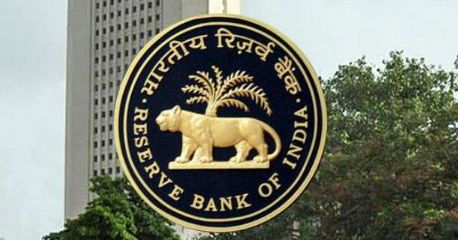Term premia, or the gap between long and short-term bonds, has a limited correlation to the market’s inflation expectations, Reserve Bank of India (RBI) deputy governor Michael Debabrata Patra has said in a paper released as part of the central bank’s November bulletin. Rather, they correlate more closely to global uncertainty and liquidity, the paper stated, rebutting the view of monetary policy committee (MPC) member Jayanth R Varma.
In the minutes of the October meeting of the monetary policy committee (MPC), Varma had written that the steep yield curve in India reflects a lack of credibility of the MPC’s existing accommodative guidance. “Just as the brakes allow the car to travel faster, the MPC’s guidance will be more effective if it works alongside and not in conflict with its inflation fighting resolve. I prefer the word ‘expected’ (instead of ‘decided’) because it would preserve the commitment of the MPC to respond aggressively to inflation shocks that lie well above the upper band of the fan chart,” Varma wrote.
In the paper titled ‘Revisiting the Determinants of the Term Premium in India’, Patra and two other RBI executives wrote that the closest association of the term premium is with liquidity conditions represented by the net position under the RBI’s liquidity adjustment facility (LAF). “With realised inflation, the term premium’s correlation is moderate (0.3); surprisingly, the correlation with inflation expectations of professional forecasters turns out to be perverse in sign and statistically insignificant, suggesting that the bond market is backward looking in its own inflation view, and adapts to inflation prints that are received with a lag of about a month,” the paper said.
It further stated that at a global level, the term premium in India exhibits an insignificant correlation with economic policy uncertainty, if the period under consideration is taken from 2006. From 2012, however, the correlation becomes significant and turns out to be the highest among all the variables taken so far (0.56). This indicates a growing sensitivity of India’s bond market term premium to global spillovers.
A comparison of the recent behaviour of yield curves across different advanced and emerging market economies suggests that with the steepening of the yield curve in the aftermath of the Covid-19 pandemic, the term premium has widened sizeably across all countries, both emerging and advanced.
“Even though the increase was notable in the case of India, it was found to be lower than several other emerging market economies,” the paper said.





































